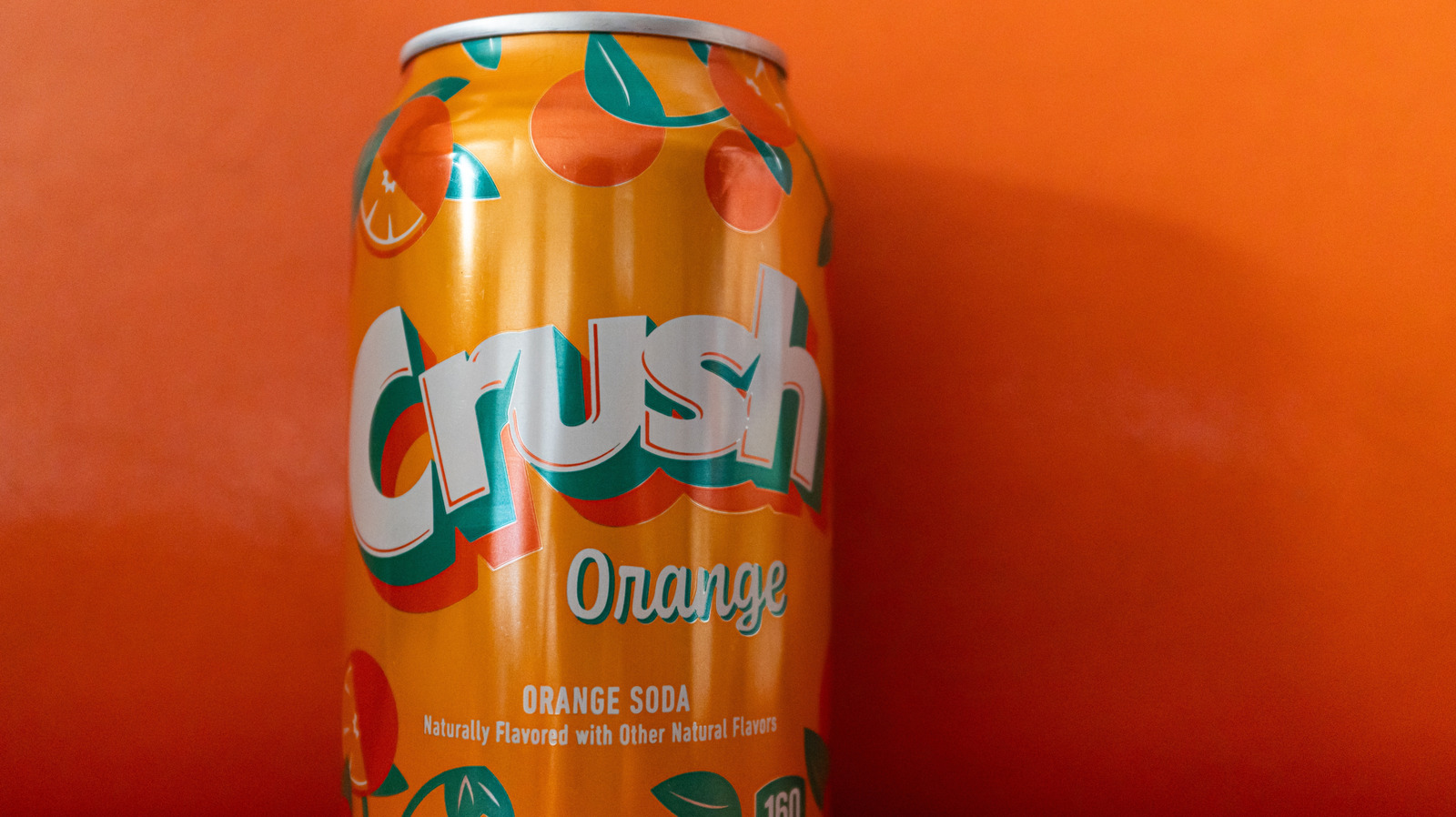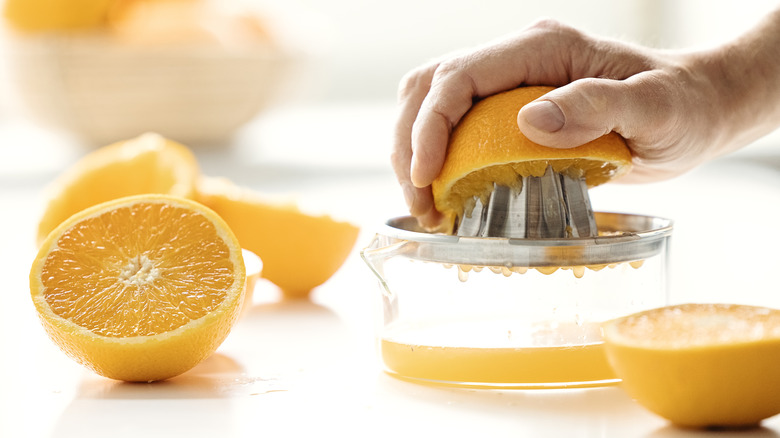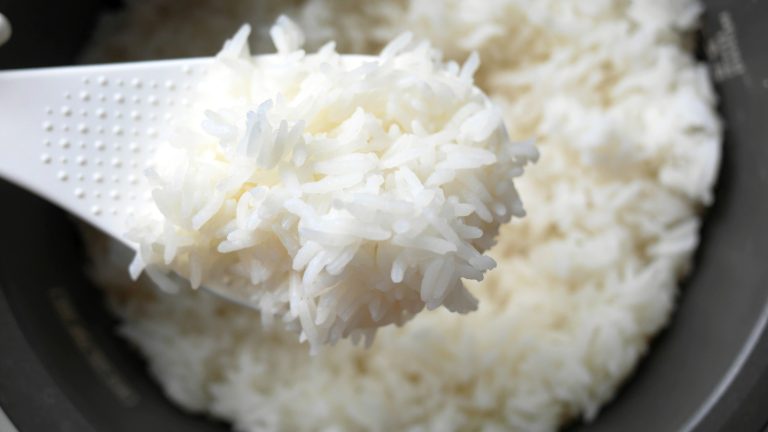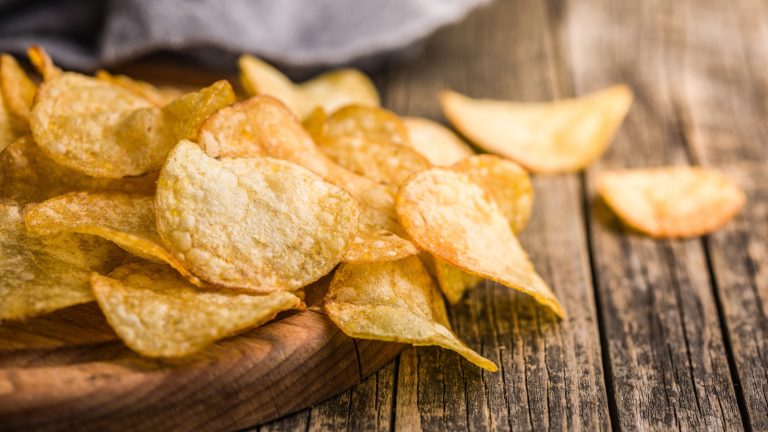One of the debates of the ages — up there with whether or not pineapple belongs on pizza, or whether you should dip fries into your milkshake — is whether orange juice is better with or without pulp. But in the 1930s, one soda manufacturer didn’t give buyers an option: Every bottle of Orange Crush soda, tinged bright orange and flavored with orange juice and citric acid, had orange pulp added after-the-fact for an illusion of authenticity. There was some real orange juice included in the original Orange Crush recipe, which was frequently noted in the company’s marketing as a distinguishing factor from other orange flavored soft drinks. The pulp, added during bottling, made the drink seem somewhat nutritious, as though it offered some of the same health benefits as eating an orange, just a little sweeter.
Add-ins during manufacturing and packaging aren’t uncommon for big companies. Some dairy companies even mix wood pulp in shredded cheese, a practice that is, perhaps surprisingly, approved by the FDA. These artificial add-ins aren’t inherently bad, but even if the added pulp upped the nutritional content of Orange Crush, orange juice, though admittedly a great source of vitamin C, is typically high in both calories and sugar. This effect is only multiplied in an intentionally sweet soft drink. The pulp may have indeed added fiber to the beverage, which can improve digestive health; but with an entirely different recipe for the soda today, and a market that’s more open to artificial flavorings, it’s probably safe to say that it’s gone from Orange Crush for good.
How else has the formula changed?
Of course, pulp isn’t the only thing that’s changed about the recipe for Orange Crush. While early advertisements list orange juice, flavor from the peel, fruit acid, food color, carbonated water, and cane sugar as the only ingredients, today’s lineup is a little harder to read. Carbonated water, citric acid, and food coloring have stayed, but high fructose corn syrup, sodium benzoate (a preservative), salt, modified corn starch, and ester gum have joined the cast.
With 43 grams of sugar per 12-ounce can, some might wish for the vintage version of this classic soda, citing overpowering sweetness and an artificial tinge. But let’s be real — when we’re drinking soda today, we know it’s not the healthiest choice. Still, if you want that little bit of authenticity Orange Crush was going for during their brief stint with pulp, word on the street is that Orangina, a European soda first launched in France, has got the natural orange flavor and pulp you might just be craving. Or, you could always go for a classic with a glass of the best orange juice — no carbonation needed.






